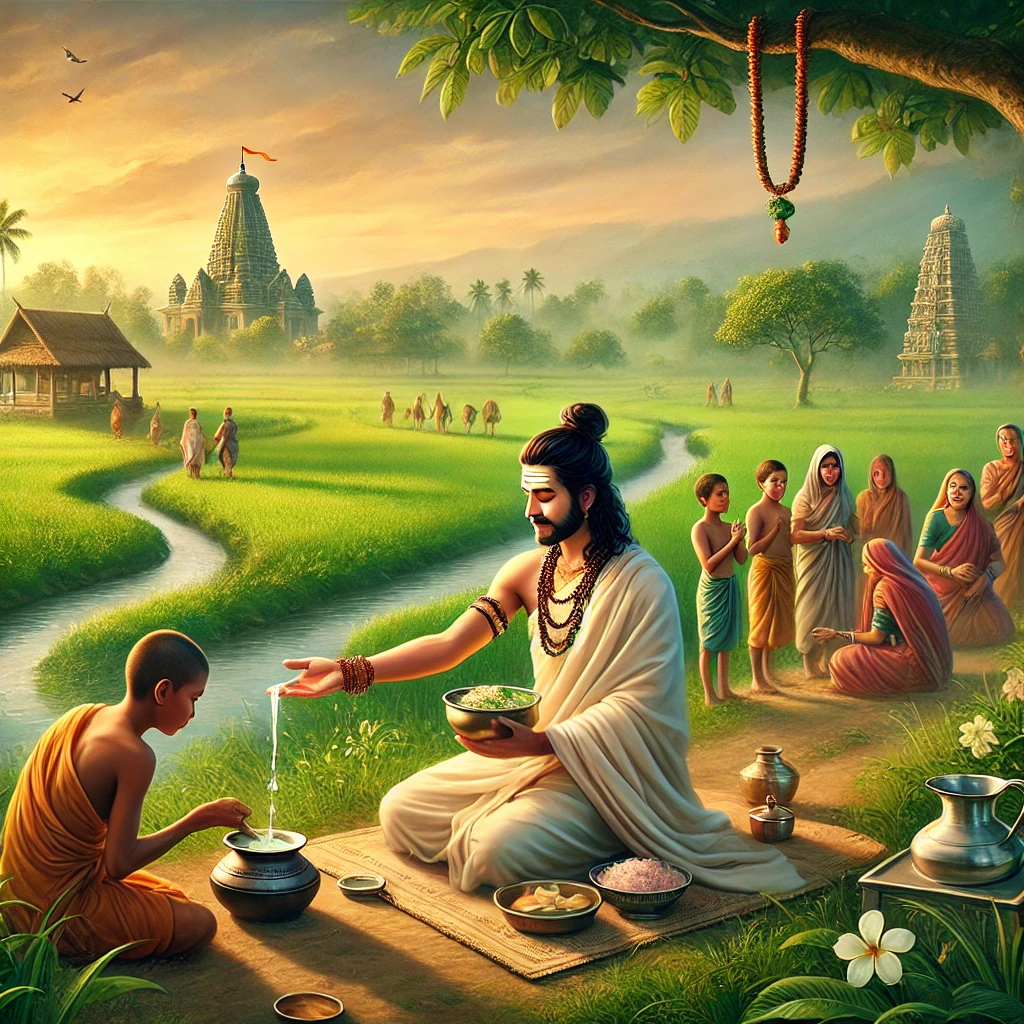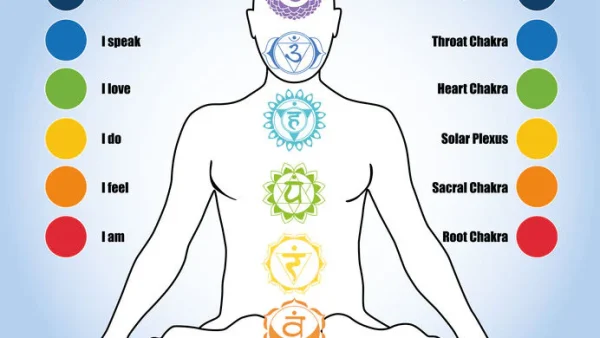Karma Yoga, often referred to as the yoga of action, is one of the four classical paths of yoga, alongside Jnana (knowledge), Bhakti (devotion), and Raja (meditation). These paths collectively guide individuals toward moksha, or spiritual liberation. Rooted in the Sanskrit word karma, meaning “action,” Karma Yoga emphasizes selfless service and intentional living as a means to transcend ego and achieve spiritual growth.
In this blog, we’ll delve into the essence of Karma Yoga, its philosophical underpinnings, practical applications, and transformative potential, particularly for modern seekers, including those in Sri Lanka exploring yoga’s spiritual dimensions.
The Philosophy of Karma Yoga: Action Without Attachment
At its core, Karma Yoga teaches that every action carries an inherent energy. This energy, known as karma, shapes our present and future experiences. However, the Bhagavad Gita, one of Hinduism’s most revered texts, introduces a profound perspective: freedom arises not by avoiding action but by renouncing attachment to its outcomes.
Insights from the Bhagavad Gita
The Bhagavad Gita (Chapter 2, Verse 47) states: “You have the right to perform your actions, but not the fruits of your actions.”
This principle encourages practitioners to:
- Act with full awareness and dedication.
- Release expectations of rewards or recognition.
- Serve others without ego or self-interest.
By relinquishing the desire for specific outcomes, individuals transcend the cycle of suffering and experience peace. In this way, Karma Yoga becomes both a spiritual discipline and a tool for mental clarity.
The Transformative Power of Selfless Service
Karma Yoga is not limited to grand gestures or organized volunteering. Instead, it invites us to infuse selfless intent into even the simplest of actions, transforming daily tasks into opportunities for spiritual growth.
Everyday Applications of Karma Yoga
- Mindful Actions: Washing dishes or preparing meals can become meditative acts when performed with gratitude and without expectation.
- Acts of Kindness: Helping a neighbor or assisting a stranger without seeking acknowledgment reflects the essence of Karma Yoga.
- Professional Life: Approaching work with dedication while letting go of the desire for promotions or accolades integrates Karma Yoga into the modern workplace.
The Connection Between Karma Yoga and Dharma
Karma Yoga aligns closely with the concept of dharma, or one’s duty in life. In the Sri Lankan context, for example, this might include fulfilling familial responsibilities, contributing to community welfare, or preserving cultural traditions.
Accepting one’s dharma fosters a mindset of selflessness and acceptance. By embracing our roles without resistance or selfish desire, we embody the principles of Karma Yoga, nurturing both personal and communal well-being.
Benefits of Practicing Karma Yoga
Adopting Karma Yoga in daily life offers profound physical, mental, and spiritual benefits.
1. Mental Clarity and Peace
Letting go of attachment reduces anxiety and mental clutter. When we act without expectation, we free ourselves from the pressure of results, creating space for inner peace.
2. Spiritual Growth
Selfless service purifies the mind by diminishing ego-driven tendencies, known as mala in Vedanta philosophy. This purification fosters deeper connections with one’s true self, or Brahman—the universal consciousness.
3. Enhanced Relationships
Karma Yoga encourages empathy and altruism, strengthening bonds with family, friends, and society. In Sri Lanka, the practice of dāna (generosity) during festivals and religious ceremonies mirrors the principles of Karma Yoga.
Practical Steps to Begin Your Karma Yoga Journey
If you’re inspired to incorporate Karma Yoga into your life, here are some practical steps:
Step 1: Start Small
Begin with everyday tasks. Whether sweeping the floor or watering plants, perform each action with mindfulness and a sense of service.
Step 2: Volunteer
Engage in community activities such as teaching children, assisting at a temple, or supporting charitable events. Participating in poya day activities is a meaningful way to practice Karma Yoga.
Step 3: Reflect and Surrender
After completing an action, reflect on your intentions and surrender any lingering attachment to the results. This practice strengthens your capacity for selfless service.
Counterarguments and Challenges
While the philosophy of Karma Yoga is inspiring, it’s natural to question its practicality in a result-driven world.
- Challenge: “How can I succeed professionally without focusing on outcomes?”
- Response: Karma Yoga doesn’t discourage ambition or excellence; it shifts the focus to performing actions wholeheartedly, trusting that the right outcomes will follow.
- Challenge: “Isn’t it human to expect gratitude for our efforts?”
- Response: While appreciation is fulfilling, true joy in Karma Yoga arises from the act itself, independent of external validation.
Quotes from Spiritual Masters on Karma Yoga
Mahatma Gandhi
“The best way to find yourself is to lose yourself in the service of others.”
Swami Vivekananda
“The secret of Karma Yoga is in performing actions without any desire for the results.”
These timeless insights remind us of the enduring relevance of Karma Yoga in modern life.
A Life of Purpose and Peace
Karma Yoga offers a transformative path for anyone seeking purpose, peace, and spiritual growth. By embracing selfless action, we dissolve the ego, connect deeply with others, and align ourselves with the divine flow of existence.
Whether you’re a seasoned yoga practitioner or someone beginning their spiritual journey, Karma Yoga invites you to live with intention, compassion, and freedom. In the words of the Bhagavad Gita: “When you act selflessly, all actions melt away.”
Start small, stay consistent, and watch as your life transforms into a sacred expression of joy and service.






Leave a comment